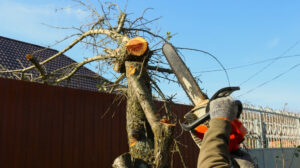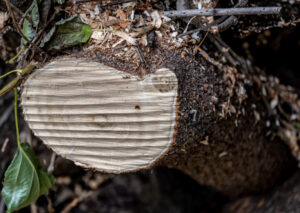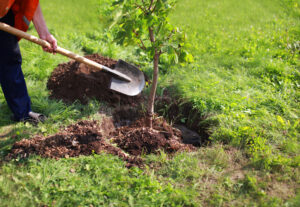Pruning vs. Trimming: Which is Best for Your Trees?
Maintaining trees is more than just a chore; it’s a responsibility that nurtures the health and aesthetics of our surroundings. At the forefront of tree care are two fundamental practices: pruning vs trimming. In this guide, we delve into the intricacies of pruning and trimming, exploring their definitions, techniques, benefits, and optimal timing. By the end, you’ll possess a comprehensive understanding of how to best care for your trees.
1. What is Pruning?
Pruning is a precise method of tree care aimed at strategically removing specific branches to enhance the tree’s overall health, structure, and appearance. It’s akin to a tailored haircut for your trees, ensuring they not only look good but thrive. Among the primary types of pruning are crown thinning, crown raising, and crown reduction.
Crown thinning involves selectively removing branches within the canopy to increase light penetration and airflow. This process not only reduces the risk of disease by improving air circulation but also fosters optimal growth conditions for the tree and any understory plants.
Crown raising, on the other hand, focuses on removing lower branches to provide clearance for structures, vehicles, or pedestrians. By lifting the canopy, crown raising mitigates potential hazards while preserving the tree’s natural form and function.
Crown reduction entails reducing the overall size of the tree’s canopy, often to manage risk factors such as overhanging branches or to stimulate new growth. It’s a delicate balance between achieving the desired size and maintaining the tree’s structural integrity.
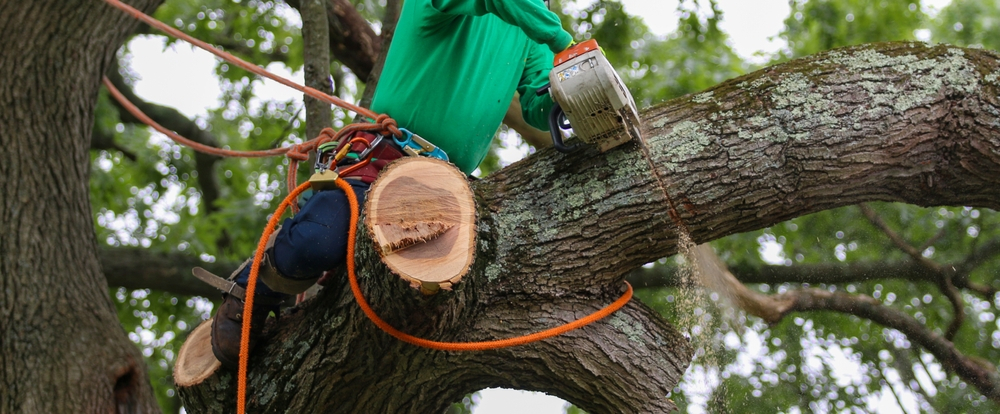
2. What is Trimming?
Tree trimming, although often used interchangeably with pruning, differs in its primary focus on maintaining the tree’s shape and size rather than solely promoting health and structure. It’s akin to grooming the tree, ensuring it remains aesthetically pleasing and functional within its environment. Canopy trimming, shaping, and selective trimming are among the key types of trimming techniques employed.
Canopy trimming involves carefully sculpting the outer edges of the tree canopy to achieve a desired shape or silhouette. This meticulous process not only enhances the tree’s visual appeal but also ensures it harmonizes with its surroundings.
Shaping, on the other hand, takes trimming to the next level by sculpting the tree into specific designs or forms, often seen in ornamental or topiary trees. It’s a creative endeavor that requires skill and vision to transform the tree into living art.
Selective trimming targets specific branches, removing dead, diseased, or crossing limbs to promote new growth and prevent hazards. It’s a surgical approach to tree care, focusing on precision and finesse to maintain the tree’s vitality and longevity.
3. When to Prune and Trim?
Timing is crucial when it comes to pruning and trimming, as it can significantly impact the tree’s health and response to the process. While late winter to early spring is generally considered the optimal time for most trees, certain species and circumstances may warrant pruning or trimming at different times of the year.
During the dormant season, typically from late winter to early spring, trees are less susceptible to stress and injury, making it an ideal time for pruning and trimming. However, some species, such as spring-flowering trees, may benefit from pruning immediately after flowering to avoid disrupting next year’s blooms.
In contrast, evergreen trees may be best pruned or trimmed in late summer or early fall when growth is slowing down, allowing wounds to heal before winter. Regardless of the season, it’s essential to consider the tree’s specific needs, growth patterns, and environmental factors when determining the optimal timing for pruning and trimming.
4. Benefits of Pruning
Pruning offers a multitude of benefits, both for the tree and its surroundings. By removing dead, diseased, or structurally unsound branches, pruning reduces the risk of hazards such as falling limbs, improving safety for property and people alike.
Moreover, thinning the canopy enhances air circulation and light penetration, creating a healthier environment for the tree and any understory plants. This increased airflow also reduces the risk of disease by minimizing humidity and promoting rapid drying of foliage.
Additionally, pruning promotes new growth by stimulating dormant buds and redirecting energy to healthy branches. This rejuvenation not only enhances the tree’s appearance but also extends its lifespan, ensuring it remains a vibrant part of the landscape for years to come.
5. Benefits of Trimming
Trimming plays a crucial role in maintaining the overall aesthetics and functionality of trees within their environment. By shaping the canopy and removing excess growth, trimming ensures the tree remains visually pleasing and harmonious with its surroundings.
Furthermore, selective trimming targets specific branches, removing dead, diseased, or crossing limbs to promote new growth and prevent hazards. This proactive approach to tree care not only enhances the tree’s health but also reduces the risk of damage during storms or inclement weather.
Moreover, regular trimming can improve the tree’s structural integrity by removing weak or poorly attached branches. This proactive approach reduces the risk of breakage and prolongs the tree’s lifespan, ensuring it remains a resilient and vital part of the landscape for generations to come.
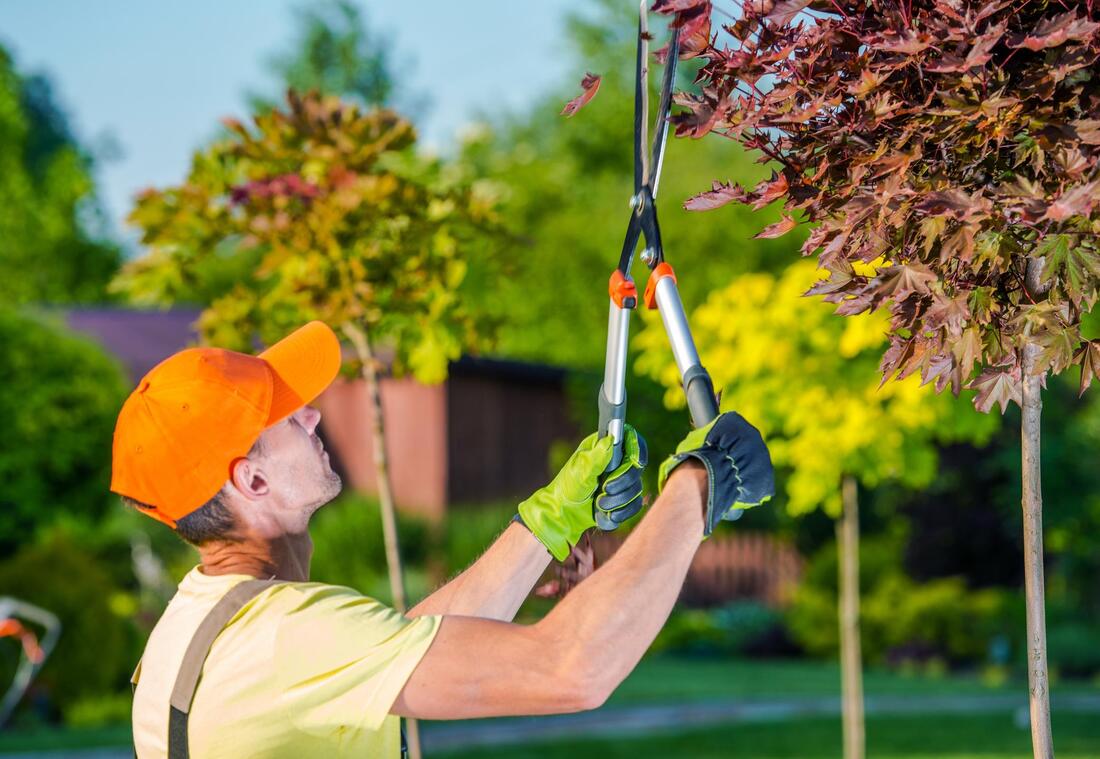
6. Which is Better: Pruning or Trimming?
Choosing between pruning and trimming depends on various factors, including the tree’s species, age, health, and desired outcome. While pruning primarily focuses on enhancing the tree’s health and structure, trimming emphasizes maintaining its appearance and size.
Ultimately, both pruning and trimming are essential components of effective tree maintenance, each serving distinct yet complementary purposes. By understanding the nuances of each method and considering the tree’s specific needs, you can make informed decisions that promote the long-term health and vitality of your trees.
Conclusion
In conclusion, pruning and trimming are indispensable practices for maintaining healthy, vibrant trees. By employing proper techniques and timing, you can enhance the tree’s health, appearance, and functionality, ensuring it remains a cherished part of the landscape for generations to come.
I encourage you to prioritize the care of your trees and enlist the expertise of certified arborists when needed. With their knowledge and guidance, you can ensure your trees thrive and continue to enrich the environment and communities they inhabit.
Tree Trimming Richmond
(804) 533-3943
https://treetrimmingrichmond.com/

